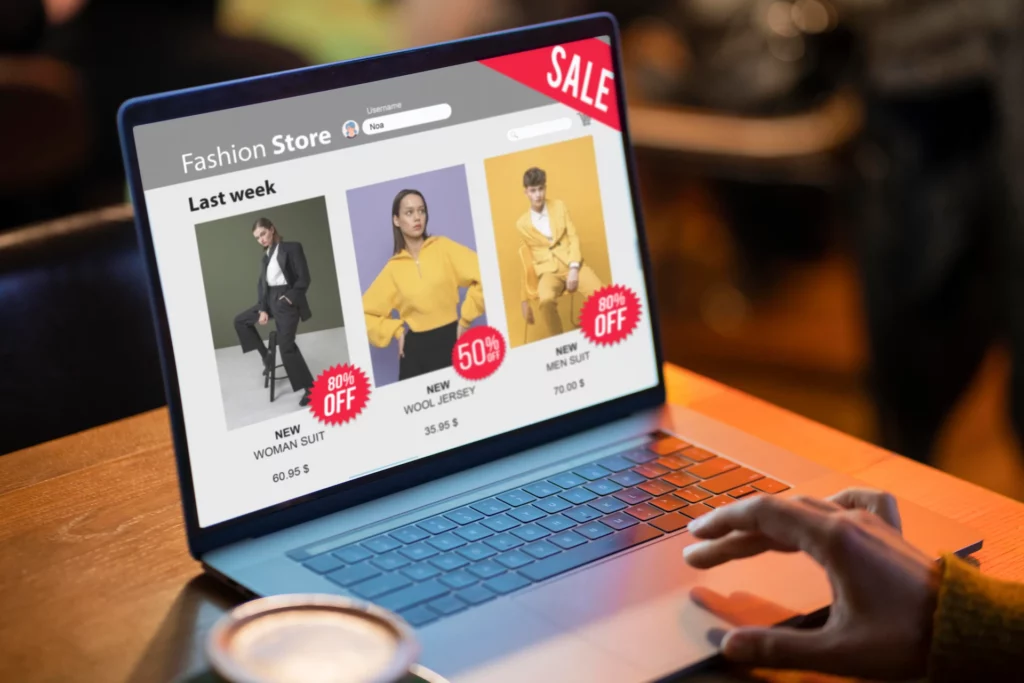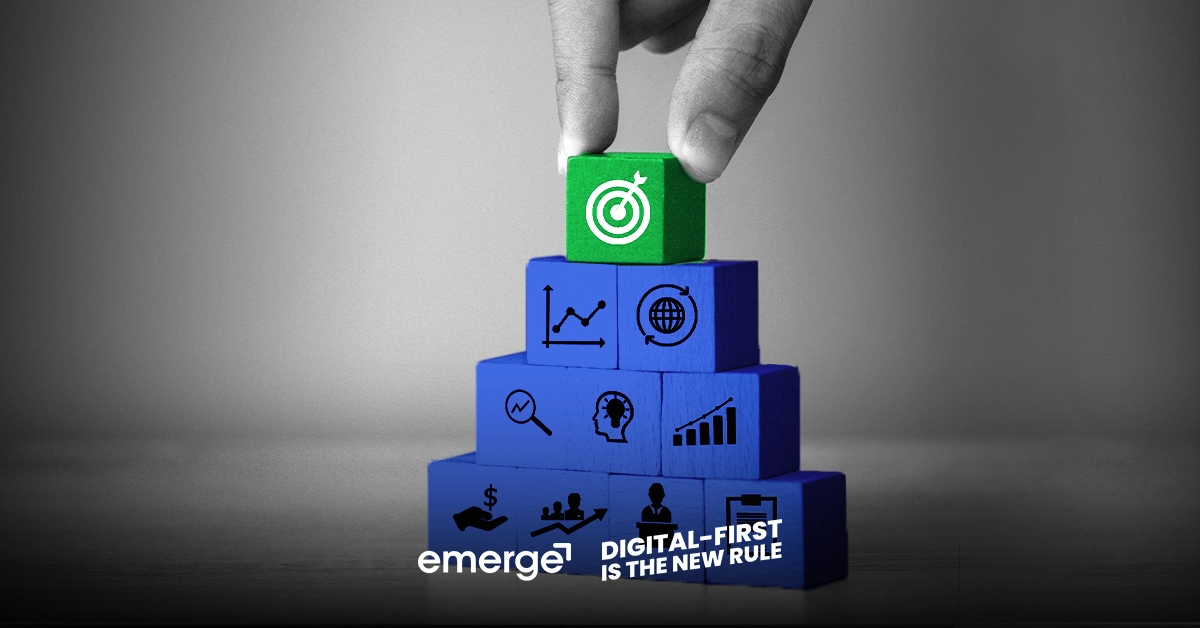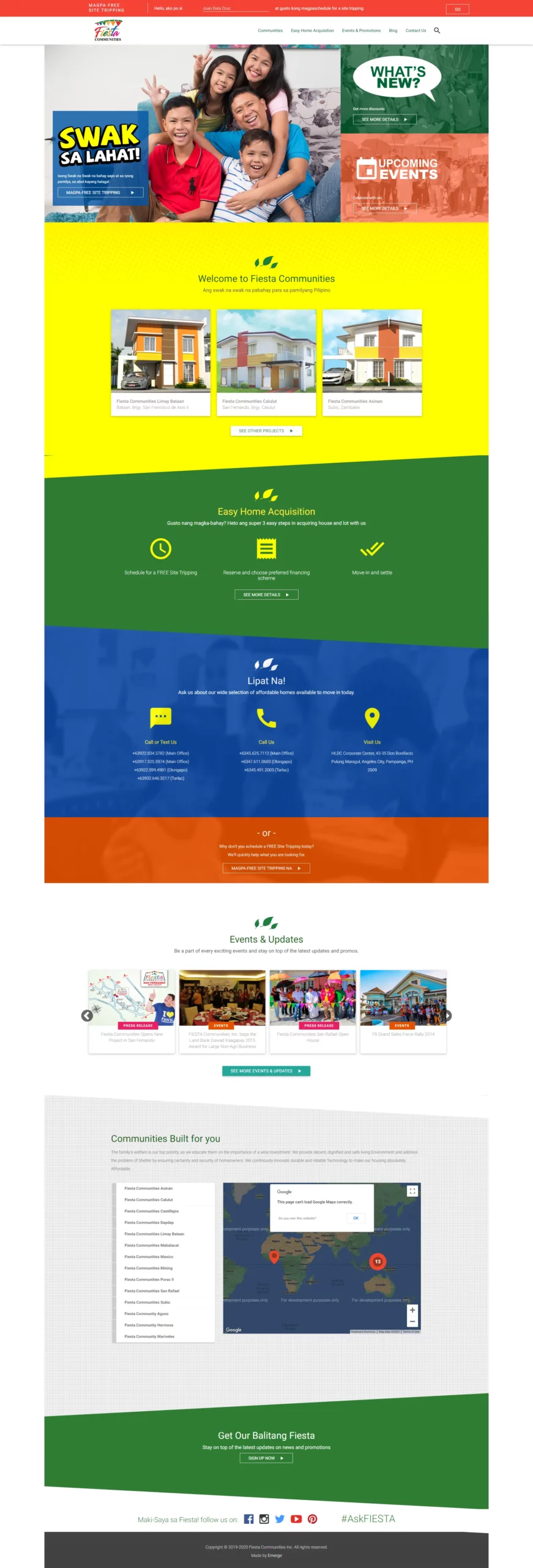Unlocking Success: How Bidding for Value Can Elevate Retail and Service Businesses
It is essential to know that whenever you create ads on Google, your ads go through a competition and auction every time it is shown. And for every auction, there is bidding.
There are several bid strategies to choose from depending on your business goals. It can be tailored to specific campaigns, whether you want to focus on a particular targeting or if your focus is specific key performance indicators like clicks or impressions.
This article discusses the bidding strategies available and how they can help businesses in specific industries.
How Bidding Strategy helps depending on Marketing Goals

Google offers a variety of bidding types appropriate for types of campaigns and your goal as an advertiser. Here are the types of goals you can consider to choose what bidding type is the best for your campaign.
- Increase awareness of your brand. Impressions are the key performance indicator. Target impression share is an effective tool to get high impressions and reach more audiences as possible.
- Generate traffic on your website. The way to go is to focus on clicks to get your audience to visit and view content on your website. Manual Cost-per-click (CPC) or Maximize clicks bidding can be appropriate for you.
- Get more views on your video Ads if you want more views and interactions on your videos using Manual Cost-per-View (CPV) or Cost-per-thousand impressions (CPM).
- Aim for more direct actions to the website. If you’re tracking conversions, you can choose to maximize conversions and let Smart Bidding optimize your ads.
Bidding for Brand Awareness.
If you need to reach and get your message to more audiences as much as possible, bidding for visibility can help.
- Target Impression. Using this for your search ads will help you get your ads at the top of search results or the absolute top of the page. Helping your brand to be introduced to many potential customers.
- Viewable CPM. Also known as Cost per thousand viewable impressions. To get an idea about Viewable impressions instead of impressions only, Google ads consider it a viewable impression if 50% of your ad is visible on screen for more than one second for display and more than two seconds for video ads.
Bidding for Traffic.

If you want more visitors or to generate traffic on your website, you can opt to bid, focusing on clicks.
- Maximize Clicks. This means you automatically bid for as many clicks on your ads as possible within your daily budget.
- Manual CPC. This allows you to set the maximum cost per click yourself. You can do this for specific keywords, ad groups, targeting placements, etc. How you set your bid will vary depending on your strategy.
Bidding for Conversion
An intelligent bidding strategy is best if you track conversions and focus on revenue. It uses “auction time bidding,” which considers several factors, such as device, location, language, and time of day, to adjust bids. It is done quickly and finds the most cost-effective way to obtain campaign goals.
Five Smart Bidding types are Maximize conversions, Maximize conversion Value, Enhanced Cost per Click, Target cost per action, and Target Return on Ads Spend.
- Maximize Conversion. This is intended to get you the most conversions possible within your budget. This is an excellent option if you enable conversion tracking on direct actions to your website. It will get you more conversions. However, the cost per action can fluctuate. But this bidding strategy will allow Google to help you find those who are most likely to convert.
- Maximize Conversion Value. With this strategy, Google will not only find those likely to convert but also the best prospects for conversion possible. The only caveat is that Google will bid higher to get the most valuable conversion instead of a lower conversion value.
- Enhanced cost per click (eCPC). This is the automated equivalent of Manual CPC bidding. This can help by automatically adjusting the bid on each click, likely leading to your website’s conversion.
- Target Cost per action. This allows you to limit how much you want to pay for a conversion. This is an excellent strategy to get more conversions possible while maintaining the most cost-effective plan for your marketing goals.
- Target ROAS. Using this option, you can set the average Return on Ad Spend you want to achieve, and Google will alter your bidding to meet this goal. This is great for optimizing conversions. However, before doing this, it is adequate to have conversion tracking enabled and the conversion value setup
Customize Bid to What Gives Value
Now that we have broken down common bidding types, you will find out what works best for your marketing goals. According to Google, 80% of advertisers use automated bidding strategies. It is definitely a helpful way as it is efficient, and Google’s machine learning itself can do all the work to give you results.

Along the way, you will find out what actually gives value; in the process, you have to segment and maximize bidding to what gives the most value. In most cases, this nuance cannot be touched upon by Google.
This is true for retail and service businesses. Most offer a wide variety of products catering to different customers. Not all segments have the same value to your business. In this case, it can differentiate it into segments. Prioritize bidding to what matters the most to the business. Bidding higher to more valuable customers can drive profitability more effectively.

For instance, in a retail business, each product accounts for different pricing or margin of value. Putting the same value for all products in one conversion does not make sense. Considering bidding for value, you are bidding for the greater conversion values instead of prioritizing the number of conversions. This will also train the algorithm to achieve your marketing objective in the long run. This new approach can help your business set up not only for valuable success.
Key Takeaways
Understanding and setting up the right strategy that gives you the most conversion value can be rewarding. This can start with knowing the foundation, testing, and working around what would work best in the long run.
Bidding for what your business values are the next level approach the most will set up for success in the long run. With that, it is helpful to know your marketing goals and start working there. Take advantage of the first-party data you have. Adjust your strategy accordingly and give Google’s machine learning enough data to optimize your campaigns better. In conclusion, this new approach can be an effective way to gain several conversions and more significant value.
If you need help getting started or setting up Google ads to get the best results and help achieve your business goals, book a consultation with an expert by clicking here: https://digital.emerge.com.ph/lp/digital-marketing/




















































































